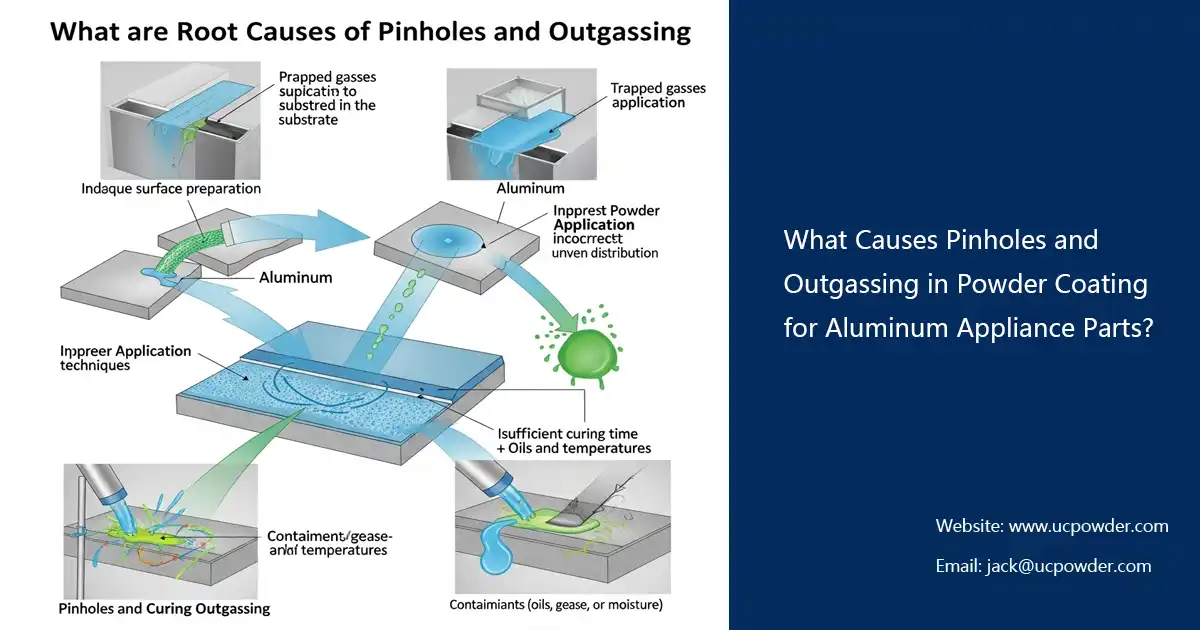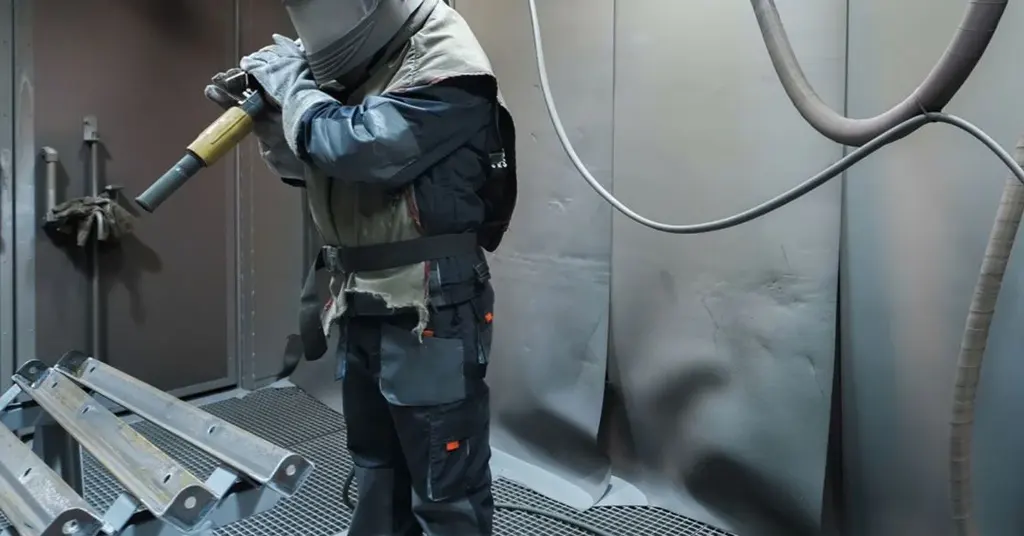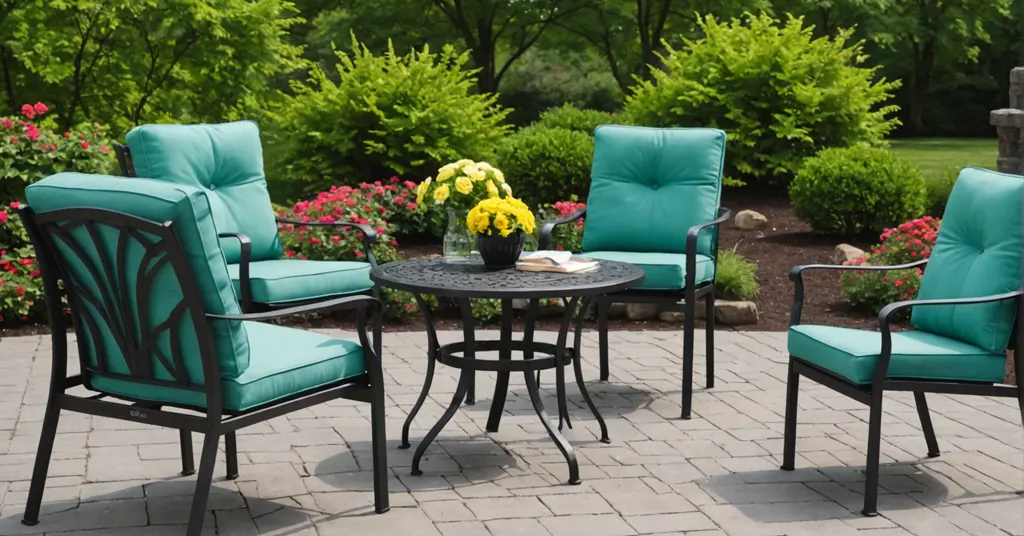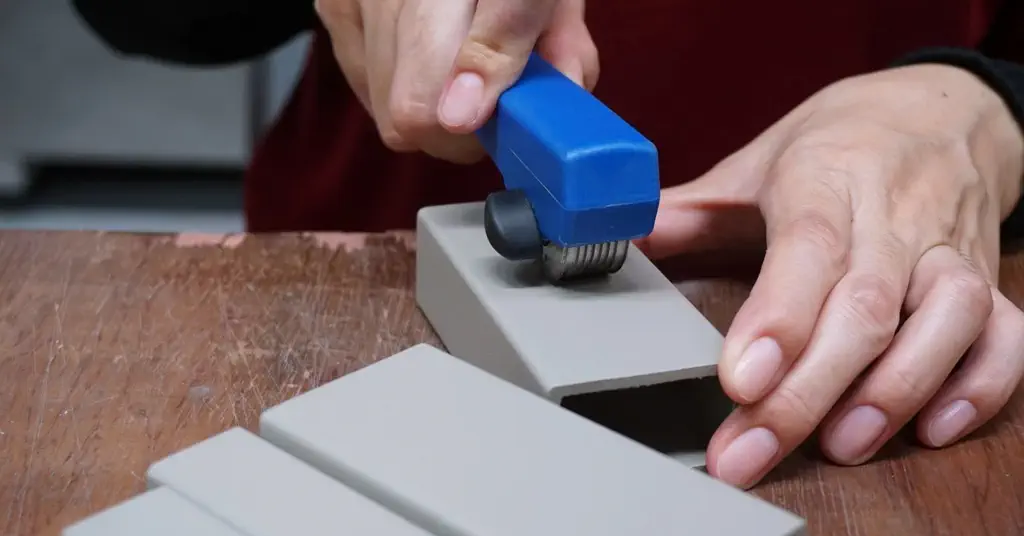Powder Coating vs. Traditional Liquid Paint: Performance Comparison for Marine Applications
Marine environments are tough on steel surfaces. Saltwater, humidity, and UV exposure can cause corrosion, leading to safety risks and high maintenance costs. Choosing the right coating is critical for ships, offshore platforms, and marine equipment.
Powder coating and traditional liquid paint are two common options. But which performs better in marine applications? This article compares their performance, durability, and environmental impact to help you make an informed decision.
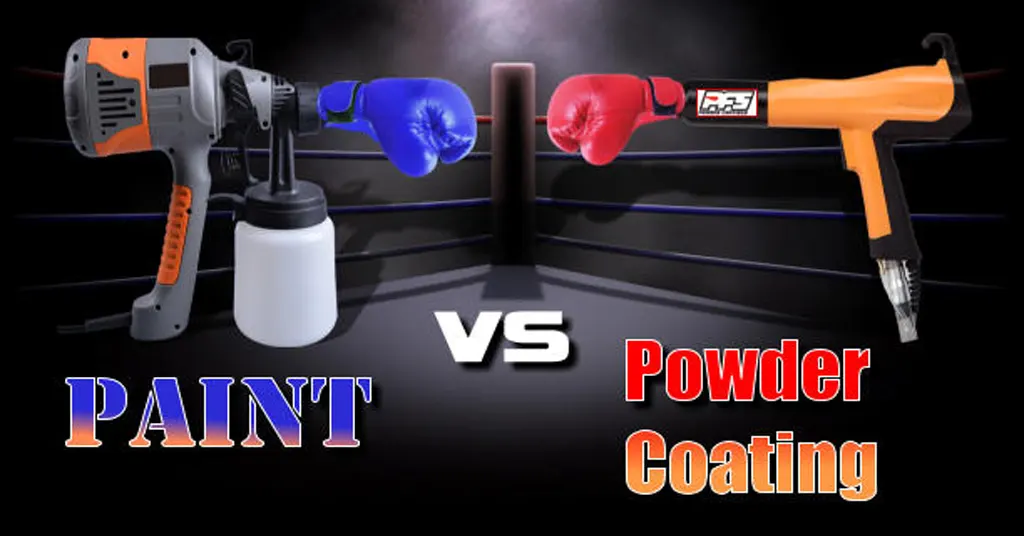
1. Corrosion Resistance
Corrosion is a major concern in marine environments. Saltwater and humidity accelerate rust on steel surfaces.
| Powder Coating | |
| Barrier Protection | Powder coatings create a thick, uniform barrier. This prevents water, oxygen, and salts from reaching the steel. |
| Chemical Resistance | Marine-grade powder coatings resist chemicals like saltwater and pollutants. |
| Durability | Powder coatings last longer, reducing the need for frequent recoating. |
| Traditional Liquid Paint | |
| Variable Thickness | Liquid paints may have uneven coverage, especially on complex shapes. Thin areas are prone to corrosion. |
| Solvent Weakness | Solvents in liquid paints can evaporate unevenly, leaving weak spots. |
| Limited Durability | Liquid paints wear out faster in marine conditions, requiring more frequent maintenance. |
2. UV and Weather Resistance
Marine steel surfaces are exposed to sunlight, temperature changes, and weather extremes.
| Powder Coating | |
| UV Resistance | Powder coatings, especially polyester and polyurethane types, resist fading and chalking under sunlight. |
| Weather Resistance | They withstand cracking and peeling in humid or thermal stress conditions. |
| Color Retention | Powder coatings maintain their appearance over time. |
| Traditional Liquid Paint | |
| UV Degradation | Liquid paints often fade or yellow under sunlight. UV exposure can weaken the coating. |
| Weather Sensitivity | Liquid paints are prone to cracking and blistering in humid or fluctuating conditions. |
| Frequent Touch-Ups | Fading and wear require regular repainting to maintain appearance. |
3. Environmental Impact
Sustainability is a growing concern in the marine industry. Coatings must comply with environmental regulations.
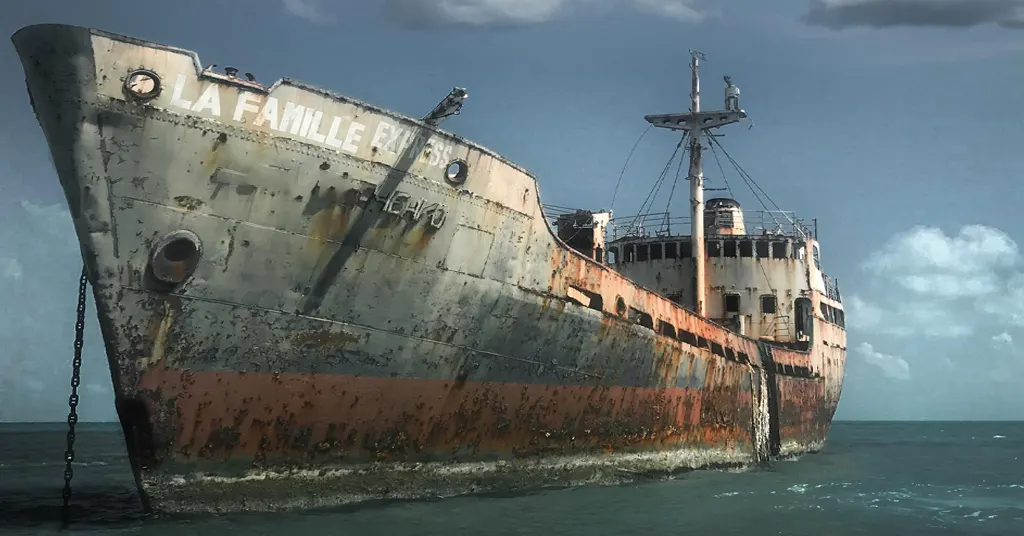
| Powder Coating | |
| Low VOC Emissions | Powder coatings contain no solvents, emitting minimal volatile organic compounds (VOCs). |
| Eco-Friendly Process | Overspray can be collected and reused, reducing waste. |
| Compliance | Powder coatings meet strict marine industry standards, such as ISO 14001 for environmental management. |
| Traditional Liquid Paint | |
| High VOC Emissions | Solvents in liquid paints release harmful VOCs, polluting air and water. |
| Waste GenerationWaste Generation | Overspray and unused paint contribute to waste, increasing disposal costs. |
| Regulatory Challenges | Liquid paints may not comply with modern environmental regulations. |
4. Application Process
The application process affects efficiency, cost, and coating quality.
| Powder Coating | |
| Electrostatic Application | Powder is sprayed using an electrostatic gun, ensuring even coverage. |
| Curing Process | The coated surface is heated in an oven (180–200°C) for 10–20 minutes. |
| Surface Preparation | Requires thorough cleaning and sandblasting for optimal adhesion. |
| Efficiency | Fewer coats are needed for the same level of protection. |
| Traditional Liquid Paint | |
| Manual Application | Applied with brushes, rollers, or spray guns, which can lead to uneven coverage. |
| Drying Time | Requires longer drying times, especially in humid conditions. |
| Multiple Coat | Often needs several coats for adequate thickness, increasing labor costs. |
| Surface Preparation | Requires cleaning but may not need sandblasting for all applications. |
5. Durability and Maintenance
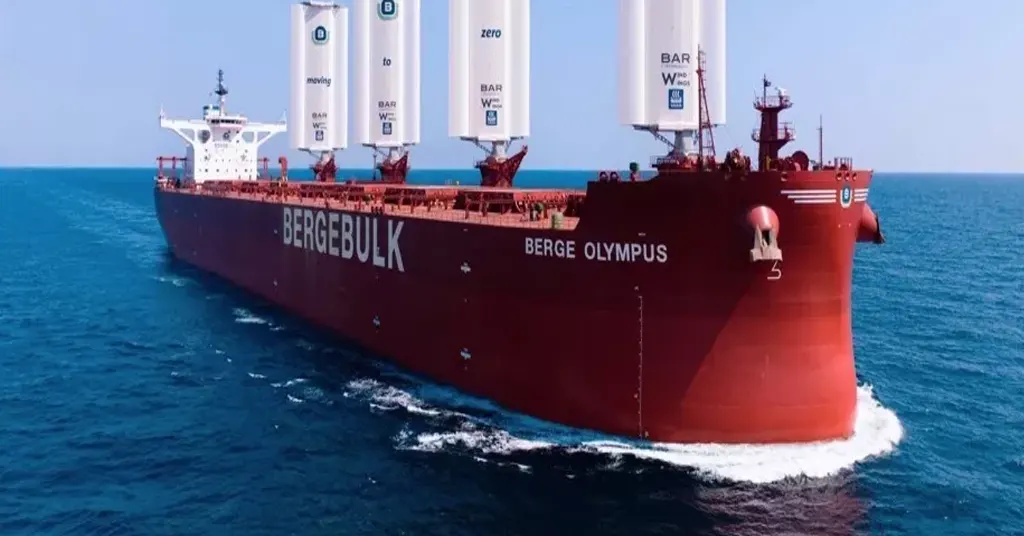
Marine steel surfaces need coatings that last. Maintenance costs and downtime are critical factors.
| Powder Coating | |
| Impact Resistance | Powder coatings withstand mechanical stress from waves, collisions, and equipment. |
| Abrasion Resistance | They resist wear and tear, making them ideal for high-use areas like ship decks. |
| Longevity | Powder coatings can last 10–15 years in marine environments, reducing maintenance needs. |
| Traditional Liquid Paint | |
| Lower Durability | Liquid paints are prone to chipping, cracking, and peeling. |
| Frequent Maintenance | Requires regular touch-ups or recoating, increasing downtime and costs. |
| Frequent Maintenance | Requires regular touch-ups or recoating, increasing downtime and costs. |
6. Cost Considerations
Cost is a key factor for marine operators. Both initial and long-term costs matter.
| Powder Coating | |
| Higher Initial Cost | Powder coating requires specialized equipment and surface preparation, increasing upfront costs. |
| Lower Long-Term Costs | Its durability reduces maintenance and recoating expenses over time. |
| Cost-Effective for Longevity | Ideal for projects where long-term protection is a priority. |
| Traditional Liquid Paint | |
| Lower Initial Cost | Liquid paints are cheaper to apply, requiring less specialized equipment. |
| Higher Long-Term Costs | Frequent maintenance and recoating increase expenses over time. |
| Cost-Effective for Short-Term Use | Suitable for temporary or low-budget projects. |
Real-World Applications in the Marine Industry
Both coatings are used in marine applications, but their suitability varies.
- Ship hulls and underwater steel surfaces (epoxy coatings)
- Decks, railings, and equipment (polyester or polyurethane coatings)
- Offshore platforms and marine pipelines (zinc-rich primers)
- Liquid Paint Applications:
- Temporary repairs or touch-ups
- Low-budget projects with short service life
- Decorative finishes requiring frequent updates
Powder coatings are preferred for critical, long-term applications, while liquid paints are used for less demanding tasks.
Conclusion
Powder coating outperforms traditional liquid paint in marine applications. It offers superior corrosion resistance, UV protection, and durability. It’s also more eco-friendly, with lower VOC emissions and less waste. While powder coating has higher initial costs, its long-term benefits make it a cost-effective choice for ships and marine structures.
Have Anything To Ask Us?

